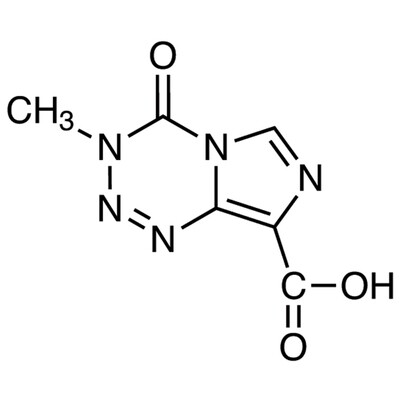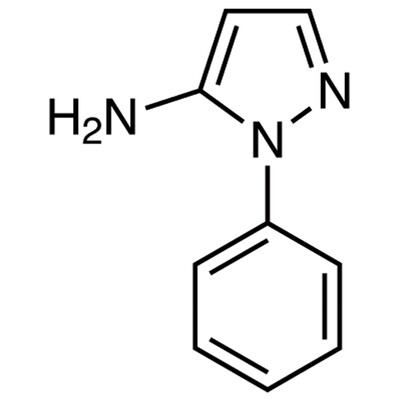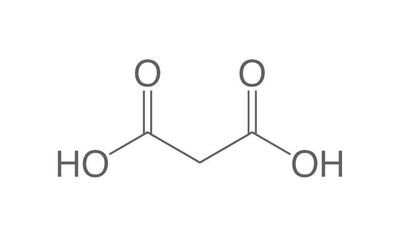Verzending 24–48 u • Levering in de hele EU • Veilige chemieverpakking
Potassium metaphosphate 98% 1 g
SKU 006508-2
€ 96,53
In stock
1
Save this product for later
Potassium metaphosphate 98% 1 g
Product Details
CAS number: 7790-53-6
Chemical formulas: KPO3/ F.W. 118.07/ m.p. 807
Cation: K
Packaging: 1 g
EAN: 8721028244086
Brand: Laboratoriumdiscounter
Potassium metaphosphate is a versatile compound used in various industries, including food, agriculture, and pharmaceuticals. With its exceptional properties, it serves as a vital ingredient in food additives, fertilizers, and medication formulations. This compound plays a crucial role in enhancing food preservation, promoting plant growth, and supporting the development of effective medicines. Its unique characteristics make potassium metaphosphate an essential component in numerous applications, making it a sought-after compound in the market.
When working with Potassium metaphosphate, it is important to follow these safety instructions: 1. Personal Protective Equipment (PPE): Always wear appropriate PPE, including safety goggles, gloves, and a lab coat or protective clothing. This will help protect your eyes, skin, and clothing from potential contact with the chemical. 2. Ventilation: Work in a well-ventilated area or use a fume hood to prevent the inhalation of any fumes or dust generated during handling or mixing of Potassium metaphosphate. 3. Handling: Handle Potassium metaphosphate with care to avoid spills or splashes. Use appropriate tools, such as a scoop or spatula, to transfer the chemical. Avoid direct contact with your skin or eyes. 4. Storage: Store Potassium metaphosphate in a cool, dry, and well-ventilated area away from incompatible substances. Keep the container tightly closed when not in use. 5. Fire Safety: Potassium metaphosphate is not flammable, but it may release toxic fumes when heated. Keep it away from open flames or sources of ignition. 6. First Aid: In case of accidental contact with Potassium metaphosphate, immediately flush the affected area with plenty of water for at least 15 minutes. If irritation persists, seek medical attention. If ingested, rinse your mouth and drink plenty of water. Seek medical help immediately. 7. Spills and Disposal: In case of a spill, carefully contain and clean it up using appropriate absorbent materials. Dispose of the waste according to local regulations and guidelines. 8. Emergency Procedures: Familiarize yourself with the emergency procedures and safety equipment available in your workplace, such as eyewash stations and fire extinguishers. 9. Training: Ensure that you have received proper training on the safe handling and use of Potassium metaphosphate before working with it. Follow all instructions provided by your supervisor or safety officer. Remember, these safety instructions are general guidelines, and it is essential to consult the specific safety data sheet (SDS) and follow any additional precautions provided by the manufacturer.
Please note, not all safety data for this product is available on our website, for a complete list of P en H sentences and other safety instructions please request the MSDS at our customer service
You May Also Like

2,3,5-Trifluorophenylacetic acid, 97.0%, 5g
2,3,5-Trifluorophenylacetic acid, 97.0%, 5g
SKU F007691-5G
€ 298,10

4-Bromo-4'-tert-butylbenzophenone, 97.0%, 5g
4-Bromo-4'-tert-butylbenzophenone, 97.0%, 5g
SKU F022666-5G
€ 891,00
End user declaration required

Temozolomide Acid>98.0%(HPLC)50mg
Temozolomide Acid>98.0%(HPLC)50mg
Only for registered companies
SKU T3686-50MG
€ 41,80
Display prices in:EUR





![1-Chloroethyl [4-(trifluoromethyl)phenyl]methyl carbonate, 5g 1-Chloroethyl [4-(trifluoromethyl)phenyl]methyl carbonate, 5g](https://d2j6dbq0eux0bg.cloudfront.net/images/88473019/4856905054.png)




